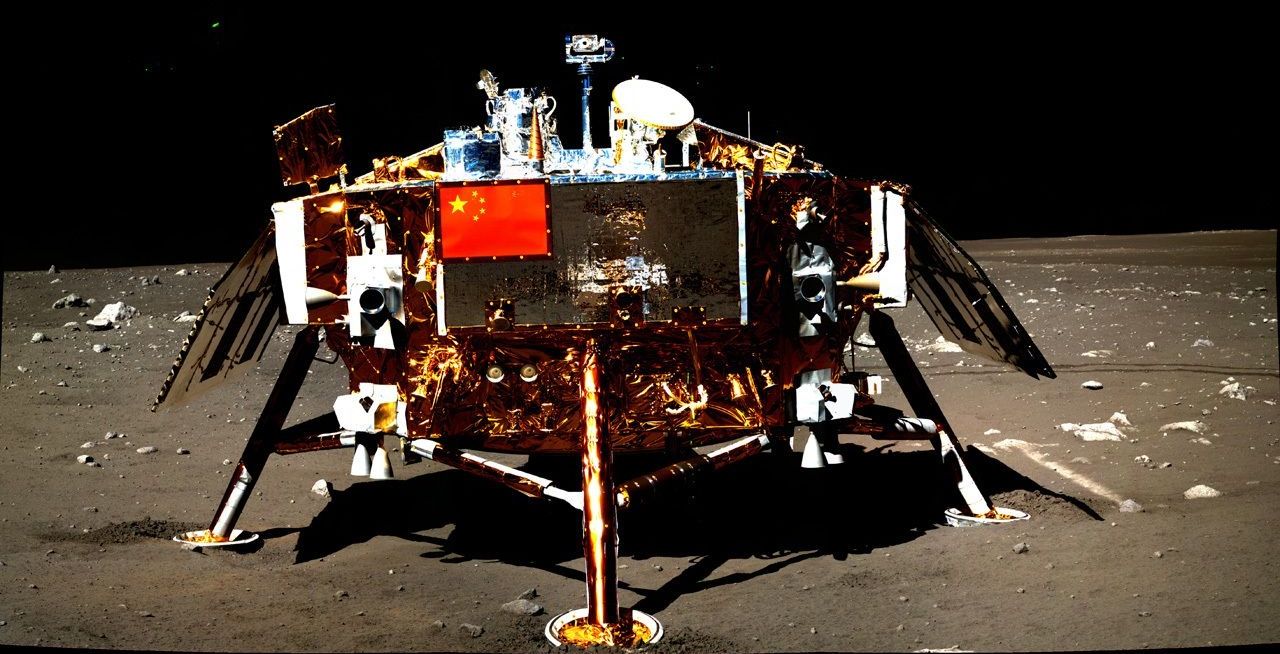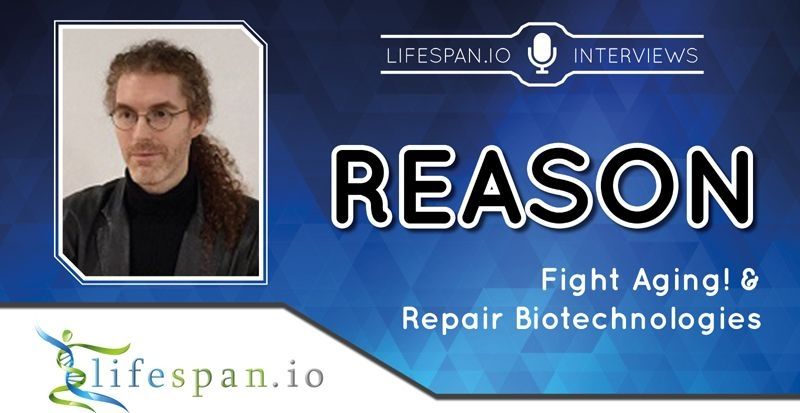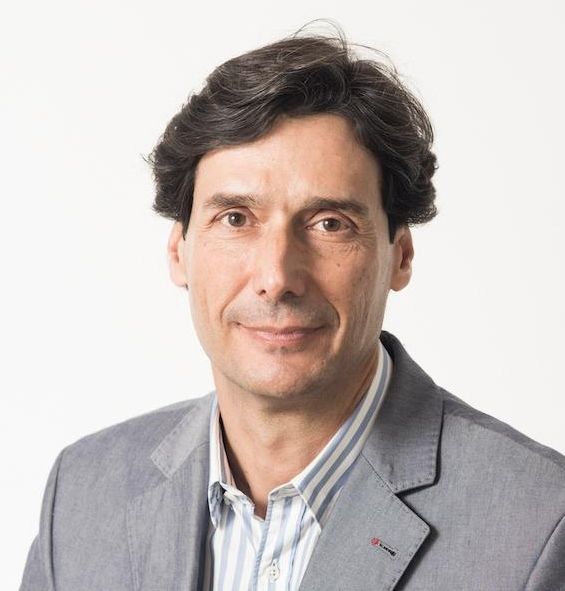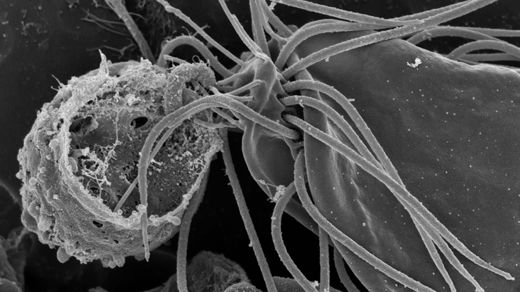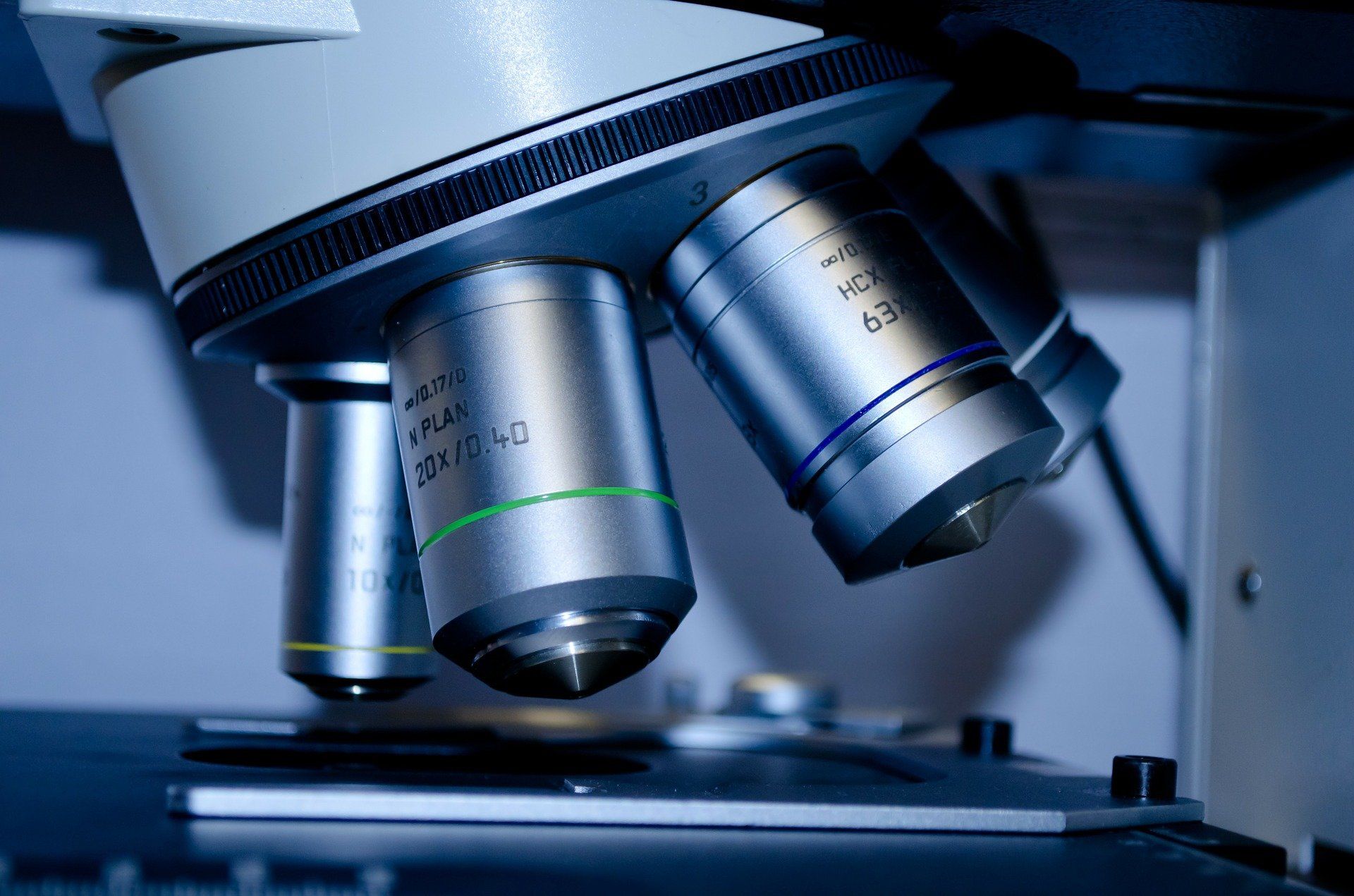Next stop: the Lunar Farside
China’s Chang’e-4 lunar mission, the first-ever soft-landing endeavor on the lunar farside, launched successfully on 8 December at 02:23 Beijing time (7 December at 18:23 UTC) via a Long March 3B rocket from Xichang Satellite Launch Center. The launch carried a lander and a rover toward the Moon. On 12 December at 8:45 Beijing time (16:45 UTC), the spacecraft arrived in lunar orbit, preparing for a landing in early January.
